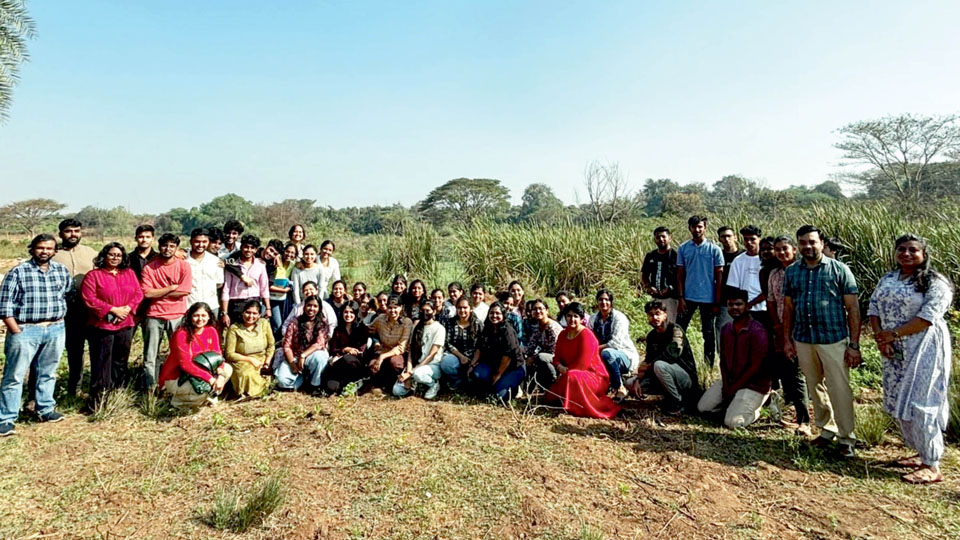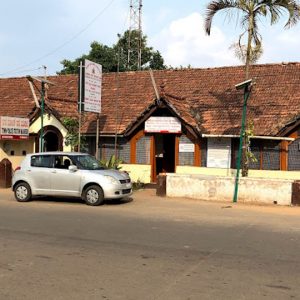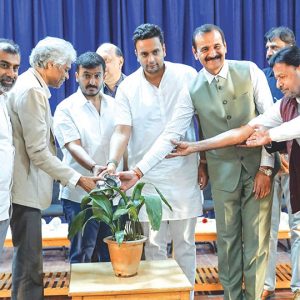Mysuru: Mysore School of Architecture (MSA) and Mysore School of Design had jointly organised a walk to Lingambudhi Lake to sensitise students on the importance of protecting wetlands on the occasion of World Wetlands Day (Feb. 2).
World Wetlands Day commemorates the adoption of the Ramsar Convention on Wetlands in 1971, which came into force on Dec. 21, 1975. This global observance underscores the vital role wetlands play in biodiversity conservation, water purification and climate regulation. Despite their importance, wetlands are threatened by rapid urbanisation, pollution and habitat destruction.
Promoting their conservation and sustainable management is essential for a healthier environment and a sustainable future. Karnataka’s first Ramsar site, Ranganathittu Bird Sanctuary, is a prime example of such efforts.
Lingambudhi Lake, constructed in 1828 by Krishnaraja Wadiyar III as part of the Mahalingeshwara Temple project, holds both ecological and historical significance. Named after his wife Lingajammanni, the Lake has evolved into a biodiversity hotspot and is recognised as an Important Bird Area (IBA) by the Bombay Natural History Society (BNHS). Today, the Lake attracts a variety of resident and migratory bird species, underscoring the need for its conservation.
As part of the event, third and fourth-year B.Arch students participated in a guided walk led by Dr. H.S. Champa, Dean and Director of MSA and Dr. V. Balaji, Head of the Department, along with other faculty members.
The discussion focused on wetland conservation, urban ecological balance and sustainable urban planning.
During the visit, students observed several key environmental challenges such as decline in water quality due to increased sewage flow into the Lake from neighbouring areas; degraded vegetation due to polluted water which has led to the death of trees and other vegetation along the Lake; encroachment and urbanisation which has led the wetlands downstream areas being fenced and real estate development replacing natural water channels and dumping of construction debris further threatening its ecological integrity.
This visit provided students with a first-hand understanding of the challenges faced by Lingambudhi Lake and the broader issue of wetland degradation. It also served as an important awareness-building activity, highlighting the impact of urbanisation on natural ecosystems.
Students suggested several potential solutions, including creation of mandatory buffer zones around wetlands, installation of Sewage Treatment Plants (STPs) at inlet points, prohibition of construction debris dumping, protection of downstream marshy areas and establishment of native vegetation around smaller ponds. They also emphasised the importance of educating local communities about the significance of wetland conservation.








Recent Comments